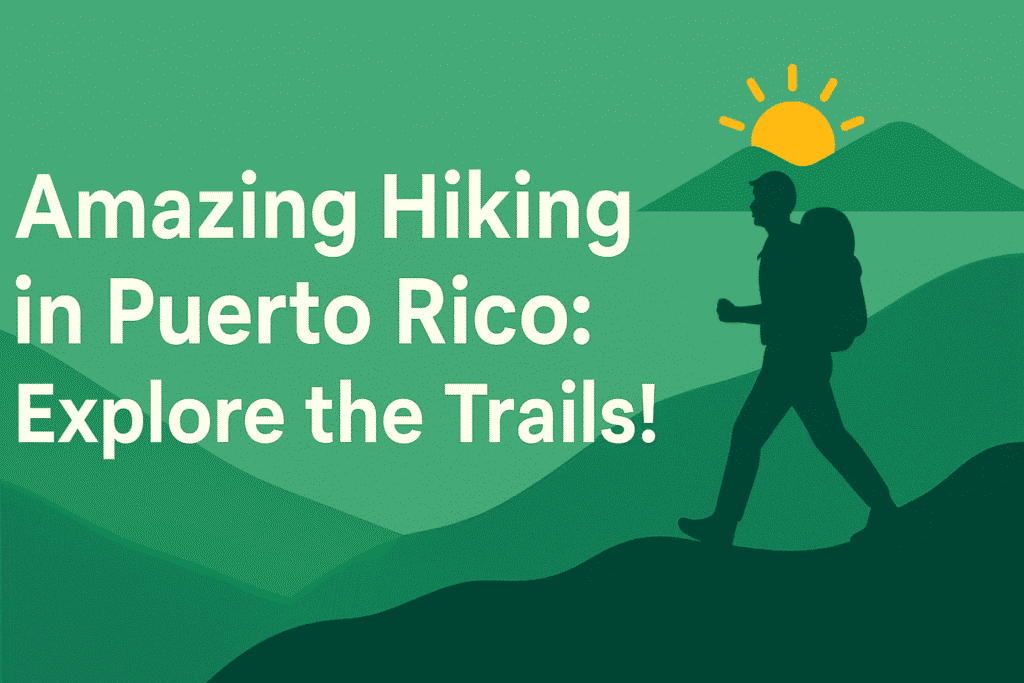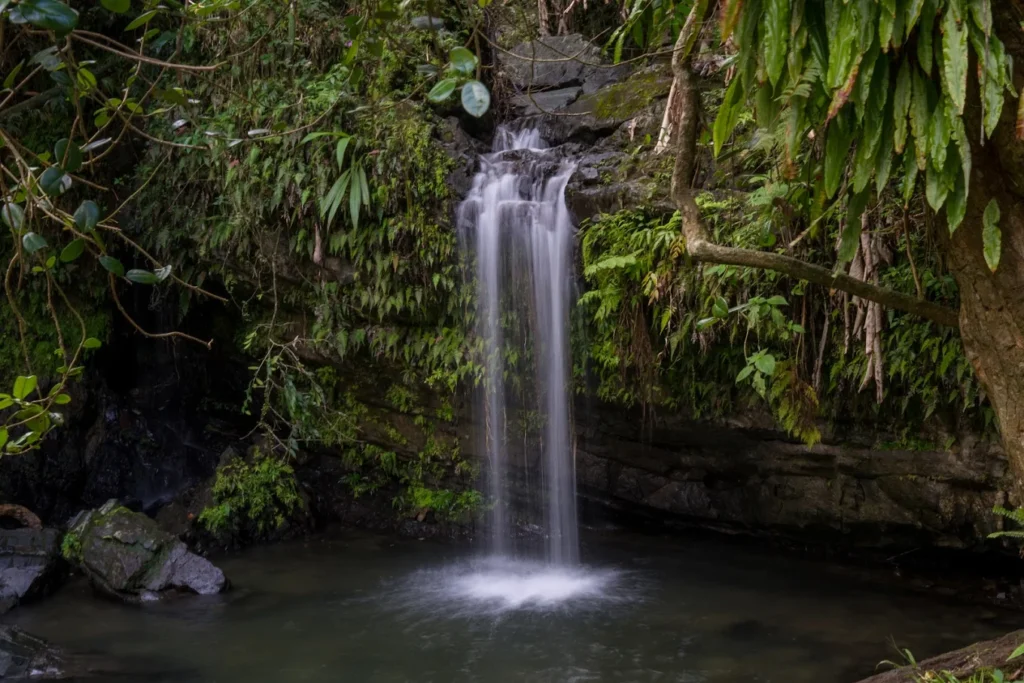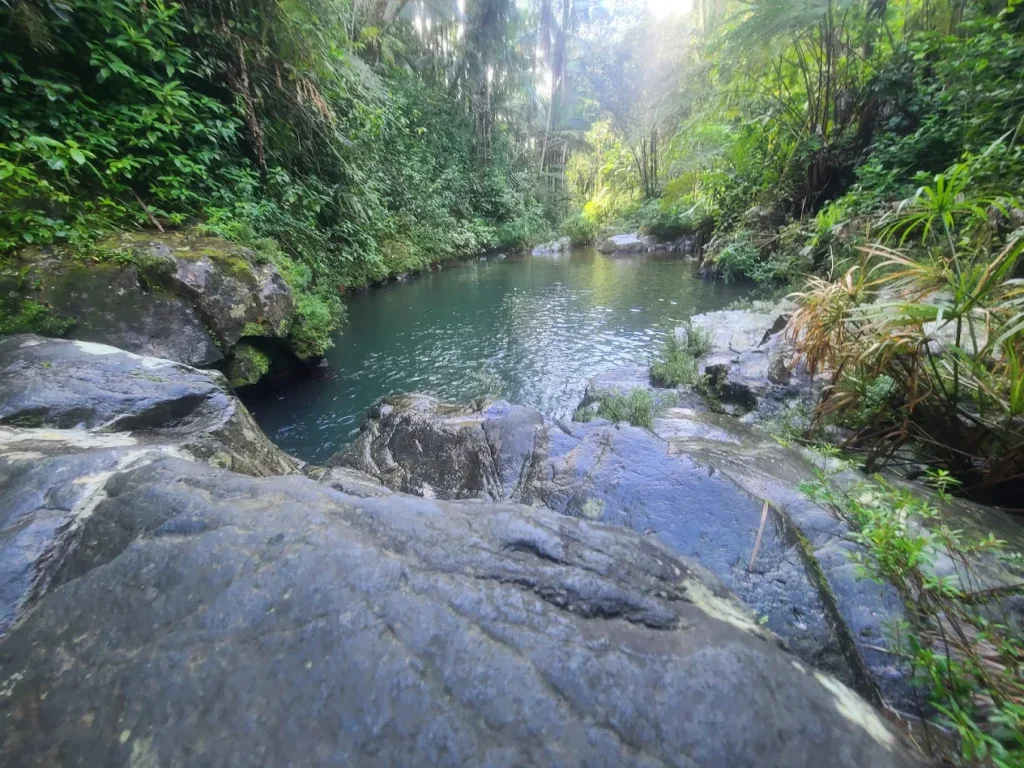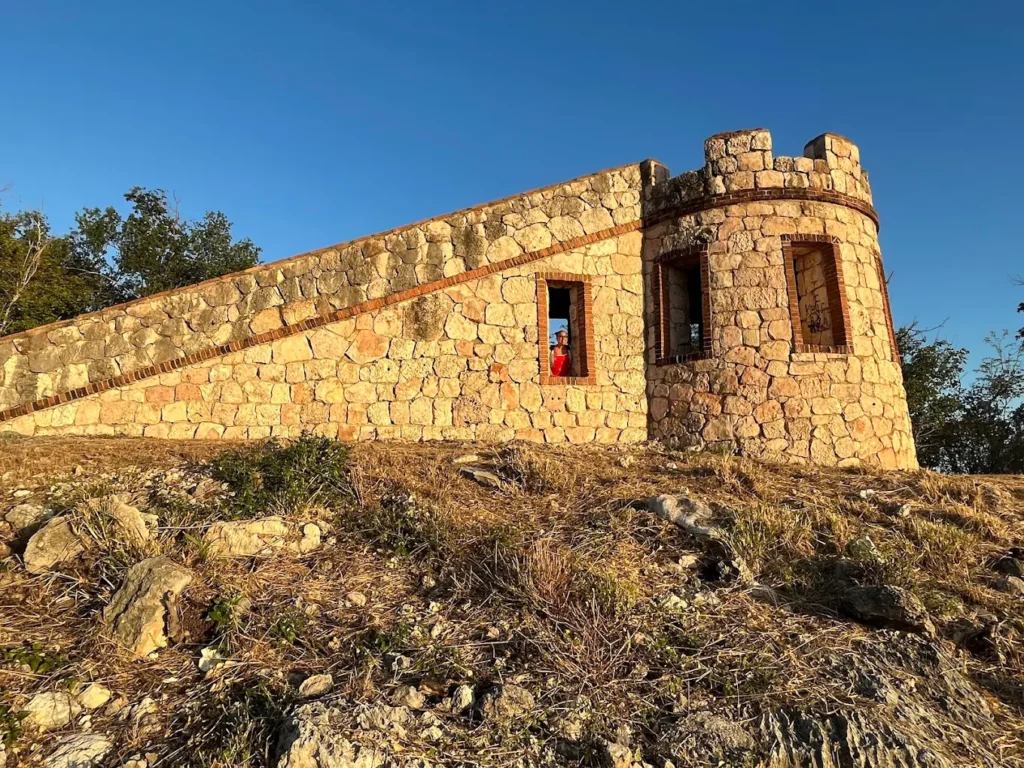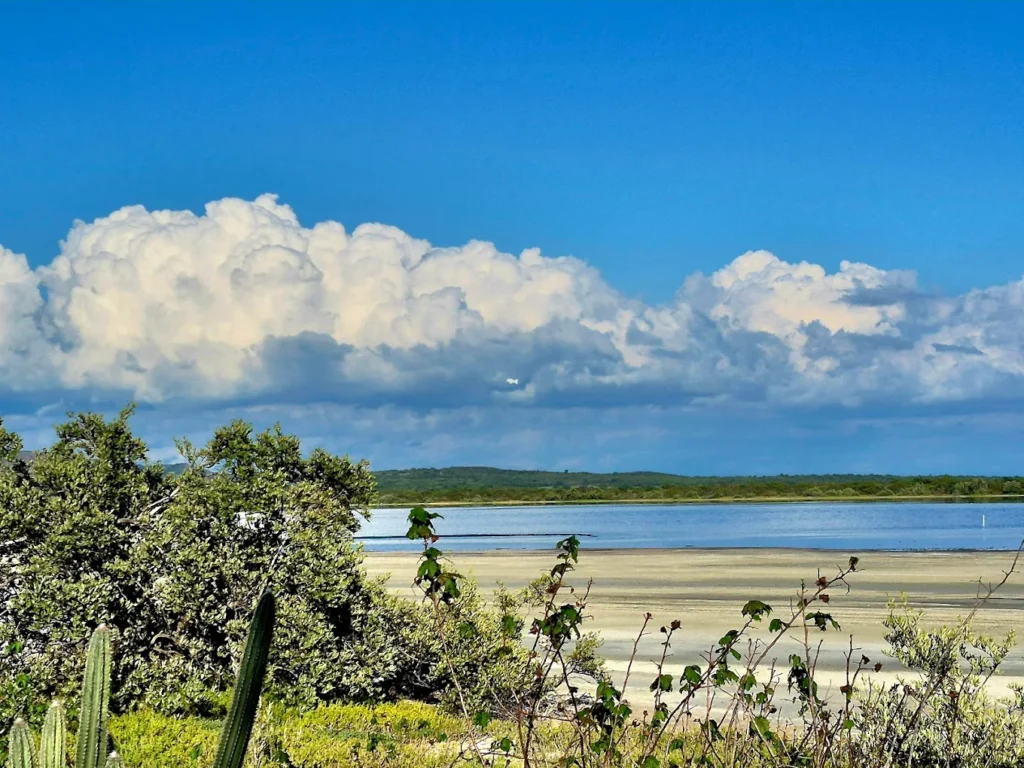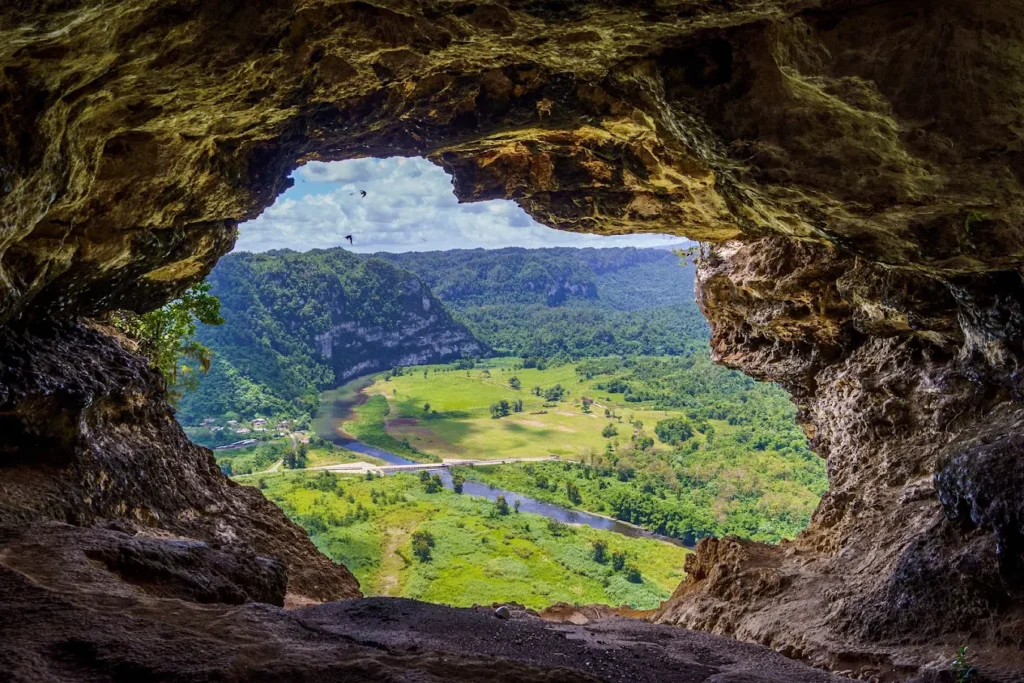When you picture Puerto Rico, golden beaches, historic forts, and vibrant city life likely spring to mind. But venture beyond the coastline, and you’ll discover an island teeming with diverse ecosystems, dramatic landscapes, and incredible opportunities for exploration on foot. From lush rainforests echoing with the calls of coqui frogs to unique dry forests and stunning coastal paths, hiking in Puerto Rico offers a surprising and rewarding experience for trail lovers of all levels.
Are you ready to swap your flip-flops for hiking boots, at least for a day or two? Do you want to discover hidden waterfalls, climb to breathtaking viewpoints, or immerse yourself in the island’s unique natural beauty? If you think Puerto Rico is just beaches, think again! Let this guide be your starting point for exploring the best hiking in Puerto Rico, uncovering trails that reveal the wild heart of the Island of Enchantment.
Why Lace Up Your Boots for Hiking in Puerto Rico?
Sure, the beaches are world-class, but hitting the trails offers a different perspective and unique rewards:
- Incredible Biodiversity: Explore ecosystems ranging from the only tropical rainforest in the US National Forest System to rare dry forests and coastal habitats.
- Waterfall Chasing: Many trails lead to refreshing cascades and natural swimming pools – the perfect way to cool off!
- Stunning Views: Reach viewpoints offering panoramic vistas of mountains, valleys, and the sparkling Caribbean Sea or Atlantic Ocean.
- Unique Flora & Fauna: Encounter giant ferns, colorful orchids, native birds like the Puerto Rican parrot (if you’re extremely lucky!), and hear the iconic coquí frog.
- Escape the Crowds: While popular spots exist, many trails offer a chance to find peace and solitude away from busy tourist areas.
- Cultural Connection: Some trails pass through areas with historical significance or offer glimpses into traditional agricultural practices.
Key Regions & Parks for Hiking in Puerto Rico
Puerto Rico packs incredible diversity into a relatively small area. Here are some top spots to explore:
1. El Yunque National Forest: The Rainforest Gem
- Overview: This is the crown jewel of hiking in Puerto Rico and an absolute must-visit. As the only tropical rainforest in the U.S. National Forest System, El Yunque is incredibly lush, humid, and teeming with life. It receives abundant rainfall, resulting in dense vegetation, flowing rivers, and numerous waterfalls. Note that access to certain areas and trails may require reservations due to recovery efforts from past hurricanes and popularity management.
- What Makes It Great: Accessibility (relatively close to San Juan), well-maintained (though sometimes challenging) trails, iconic viewpoints, waterfalls, and incredible biodiversity.
- Popular Trails (Check current status & reservation needs):
- Angelito Trail: An easier, relatively flat trail leading to the Mameyes River with natural pools for wading. Great for families.
- Mount Britton Tower Trail & Spur: A paved trail leading up to an observation tower with panoramic views. Can connect to the El Yunque Peak trail (check status).
- La Coca Falls Trail: A short, paved path to view the impressive La Coca Falls near the road. For a more adventurous (and often slippery) experience, the trail down to the base offers a different perspective.
- Yokahú Tower: An observation tower accessible by car with stunning forest views, often a quick stop even if not hiking extensively.
- Note: Trails like La Mina Falls Trail have been closed for extended periods post-Hurricane Maria; always verify current trail status and accessibility on the official El Yunque National Forest website before your visit.
- Best For: Rainforest immersion, waterfall lovers, accessible hikes, iconic views.
2. Toro Negro State Forest (Bosque Estatal de Toro Negro)
- Overview: Located in the rugged Cordillera Central mountain range, Toro Negro offers a cooler, cloud forest environment and boasts Puerto Rico’s highest peak accessible by trail, Cerro de Punta (though the final summit access might be restricted, the views from nearby are still impressive). It’s generally less crowded than El Yunque.
- What Makes It Great: High-altitude scenery, cooler temperatures, challenging climbs, fewer crowds, diverse forest types.
- Popular Trails:
- Cerro de Punta: Hike towards the highest point on the island for potential panoramic views (check access conditions).
- Observation Tower: Offers sweeping views of the surrounding mountains and down to both the Atlantic and Caribbean coasts on clear days.
- Various trails wind through the forest, often less marked than El Yunque, requiring good navigation skills.
- Best For: Experienced hikers seeking challenging climbs, cooler weather, and expansive mountain views.
3. Guánica State Forest & Biosphere Reserve (Bosque Estatal de Guánica)
- Overview: A complete contrast to El Yunque, Guánica is one of the best-preserved subtropical dry forests in the world. Located in the arid southwest corner of the island, it showcases cacti, unique birds, and coastal views. It’s a designated UNESCO Biosphere Reserve.
- What Makes It Great: Unique ecosystem, excellent birdwatching (home to many endemic species), coastal trails, cacti diversity, sunny weather (usually!).
- Popular Trails:
- Ballena Trail: Leads towards the coast with potential beach access.
- Fuerte Trail: Passes ruins of an old fort (Fuerte Caprón) offering fantastic coastal views.
- Numerous interconnected loop trails wind through the dry forest, offering varying lengths and difficulties.
- Best For: Nature lovers interested in unique ecosystems, birdwatchers, hikers preferring dry and sunny conditions, coastal views. Bring lots of water!
4. Cabo Rojo National Wildlife Refuge & Los Morrillos Lighthouse
- Overview: Located at the southwesternmost tip of Puerto Rico, this area features stunning limestone cliffs, beautiful beaches (like Playuela, often called “Playa Sucia”), salt flats, and the iconic Los Morrillos Lighthouse perched dramatically above the sea.
- What Makes It Great: Dramatic coastal scenery, lighthouse views, birdwatching (especially around the salt flats), beautiful beaches accessible via trails.
- Popular Trails: Trails aren’t always formally named but involve walking along the cliff edges (use caution!), down to beaches like Playuela, and around the salt flats. The walk to the lighthouse itself offers incredible vistas.
- Best For: Coastal hikers, photographers, beach lovers, sunset views.
5. Cueva Ventana (Window Cave)
- Overview: While primarily known as a cave tour (requiring paid admission and guides), the experience often involves a short hike through the forest to reach the cave entrance. The cave itself offers a stunning “window” view over the Río Grande de Arecibo valley.
- What Makes It Great: Unique cave experience combined with a hike, incredible photo opportunities from the “window.”
- Trail: Relatively short, guided trail through the forest leading to the caves.
- Best For: Those looking for a guided adventure combining a hike with cave exploration and an iconic view.
Read more: Hiking in Costa Rica: Best Trails to Explore
Essential Tips for Hiking in Puerto Rico
Hiking in a tropical environment comes with specific considerations:
- Hydrate, Hydrate, Hydrate: The heat and humidity can be intense, especially at lower elevations and in dry forests. Carry more water than you think you’ll need (at least 2-3 liters per person for moderate hikes) and sip frequently. Consider adding electrolytes.
- Protect Yourself from the Sun: Wear sunscreen (reef-safe if swimming), a wide-brimmed hat, and sunglasses, even on cloudy days or under the forest canopy.
- Embrace the Rain (Especially in El Yunque): Rain showers are frequent and can be heavy but often pass quickly. Pack a lightweight rain jacket or poncho. Waterproofing your gear (using dry bags) is wise.
- Wear Appropriate Footwear: Sturdy hiking shoes or trail runners with good grip are essential. Trails can be muddy, slippery, rocky, and involve stream crossings. Avoid open-toed shoes.
- Bug Spray is Your Friend: Mosquitoes and other biting insects can be present, especially near water and in the rainforest. Apply insect repellent.
- Watch Your Step: Trails can be uneven, rocky, and have exposed roots. Wet rocks and mud are slippery. Take your time, especially on descents.
- Navigation: While popular trails are often marked, carry a map (download offline maps) and know your route. Cell service can be spotty or nonexistent in many areas.
- Check Trail Status: Especially after heavy rains or hurricanes, trails can be closed due to landslides, downed trees, or damaged infrastructure. Always check official sources (like the National Forest website or local park offices) before heading out.
- Start Early: Beat the heat and potential afternoon rain showers by starting your hike early in the morning.
- Leave No Trace: Pack out everything you pack in, stay on marked trails, respect wildlife, and minimize your impact.
Hiking in Puerto Rico offers an incredible opportunity to experience the island’s diverse natural beauty beyond its famous beaches. Whether you seek the cool mist of the rainforest, the unique flora of the dry forest, or the dramatic views along the coast, the trails of this enchanting island await your footsteps.
FAQ: Hiking in Puerto Rico
Q1: Is El Yunque National Forest fully open for hiking?
A: Access to El Yunque has varied significantly since Hurricane Maria. While many areas and visitor centers are open, some popular trails (like La Mina Falls) may still be closed or have limited access. It is essential to check the official El Yunque National Forest website for the latest alerts, closures, and reservation requirements before visiting. Reservations are often needed even just to enter certain sections of the main recreation area.
Q2: Do I need a guide for hiking in Puerto Rico?
A: For most well-marked trails in places like El Yunque or Guánica, a guide is not necessary if you are comfortable with navigation and have done your research. However, for less-marked trails, exploring remote areas, or for specialized experiences like canyoning or guided nature walks, hiring a local, certified guide is highly recommended and can greatly enhance your experience and safety.
Q3: What is the best time of year for hiking in Puerto Rico?
A: Hiking is possible year-round. However, the drier season generally runs from winter through spring (December to April/May), often offering more sunshine and slightly less humidity. The wet season (June to November) sees more frequent rain showers (usually in the afternoon) and includes hurricane season (peak Aug-Oct). Shoulder seasons (April-May, Nov) can offer a good balance. Cooler temperatures are found at higher elevations like Toro Negro.
Q4: Are there dangerous animals to worry about while hiking?
A: Puerto Rico is generally considered very safe regarding dangerous wildlife. There are no large predators like bears or mountain lions. Snakes exist, but venomous ones are extremely rare and reclusive. The main concerns are biting insects (mosquitoes), potential allergic reactions to plants, and ensuring you don’t disturb any wildlife you encounter.
Q5: Can I swim in the waterfalls and rivers?
A: Swimming in designated natural pools and waterfall bases is a popular activity on many trails (like the Mameyes River on the Angelito Trail in El Yunque). However, always exercise caution. Rocks can be extremely slippery, currents can be strong (especially after rain), and flash floods are possible. Never jump from heights into unknown water depths. Check for any local advisories or restrictions on swimming.

